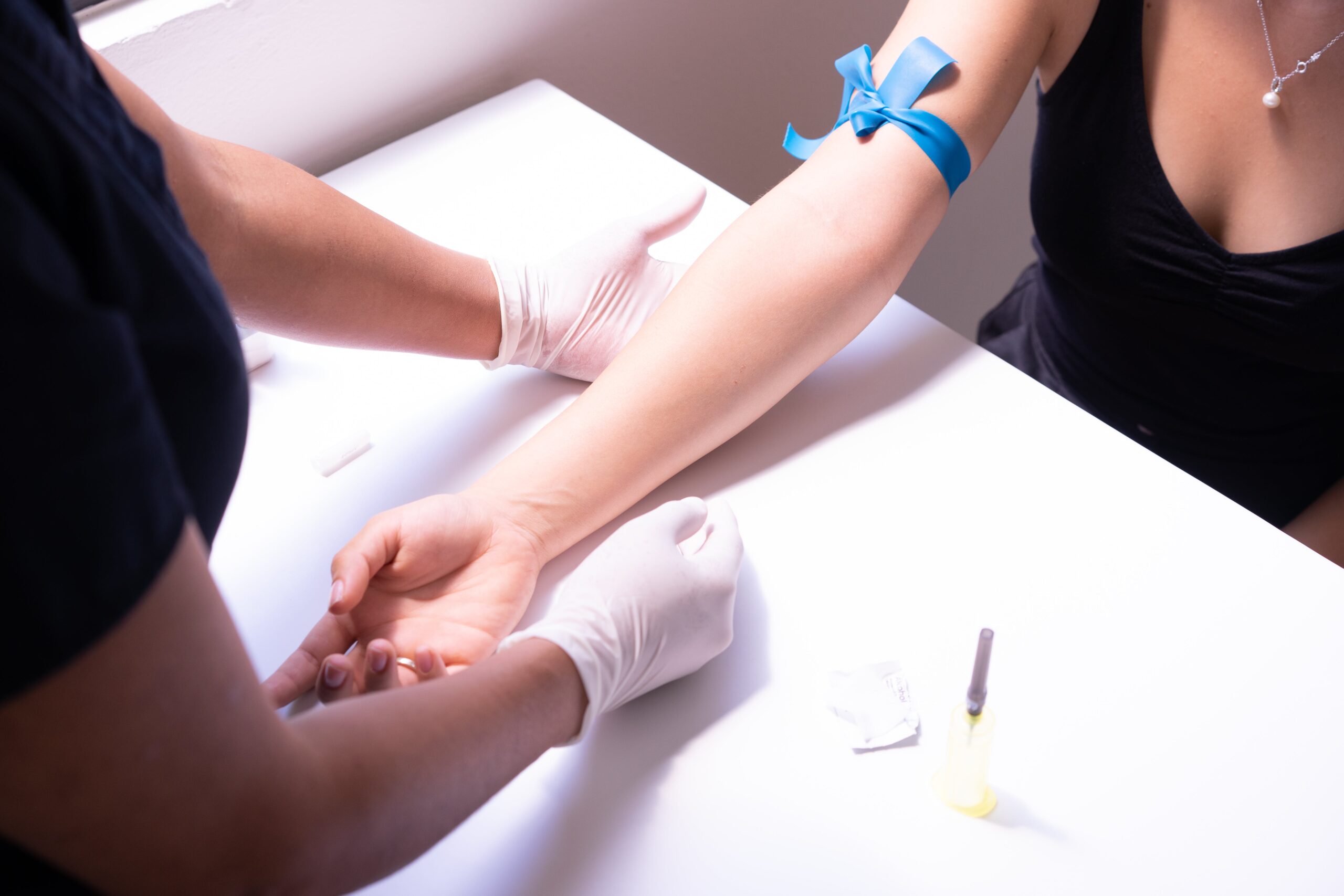The smart Trick of Northeast Medical Institute - New Haven Campus Phlebotomy Course & Cna Class That Nobody is Talking About
The smart Trick of Northeast Medical Institute - New Haven Campus Phlebotomy Course & Cna Class That Nobody is Talking About
Blog Article
The Single Strategy To Use For Northeast Medical Institute - New Haven Campus Phlebotomy Course & Cna Class
Table of ContentsUnknown Facts About Northeast Medical Institute - New Haven Campus Phlebotomy Course & Cna ClassThings about Northeast Medical Institute - New Haven Campus Phlebotomy Course & Cna ClassLittle Known Facts About Northeast Medical Institute - New Haven Campus Phlebotomy Course & Cna Class.The Single Strategy To Use For Northeast Medical Institute - New Haven Campus Phlebotomy Course & Cna ClassThe 30-Second Trick For Northeast Medical Institute - New Haven Campus Phlebotomy Course & Cna ClassSome Known Incorrect Statements About Northeast Medical Institute - New Haven Campus Phlebotomy Course & Cna Class
The usage of such tools need to be come with by various other infection avoidance and control methods, and training in their usage. Not all security gadgets are appropriate to phlebotomy. Before selecting a safety-engineered tool, individuals ought to thoroughly explore readily available tools to identify their suitable usage, compatibility with existing phlebotomy methods, and efficacy in safeguarding staff and people (12, 33).For settings with low sources, expense is a motoring element in procurement of safety-engineered tools. Where safety-engineered devices are not readily available, experienced use of a needle and syringe is appropriate.
One of the necessary pens of top quality of care in phlebotomy is the involvement and participation of the patient; this is mutually valuable to both the health worker and the individual. Clear details either written or spoken need to be available to each patient who undergoes phlebotomy. Annex F provides example message for explaining the blood-sampling treatment to a patient. In the blood-sampling area for an outpatient division or center, offer a comfortable reclining sofa with an arm remainder.
The 30-Second Trick For Northeast Medical Institute - New Haven Campus Phlebotomy Course & Cna Class
Make sure that the indicators for blood sampling are clearly defined, either in a created protocol or in recorded instructions (e.g. in a research laboratory form). In any way times, follow the approaches for infection avoidance and control detailed in Table 2.2. Infection prevention and control methods. Collect all the devices required for the procedure and location it within secure and easy reach on a tray or cart, guaranteeing that all the things are clearly noticeable.
Introduce on your own to the patient, and ask the individual to state their full name. Check that the laboratory kind matches the person's identification (i.e. match the person's information with the research laboratory kind, to make certain exact recognition).
Make the patient comfy in a supine setting (if feasible). The patient has a right to decline a test at any type of time prior to the blood sampling, so it is important to make sure that the client has recognized the procedure - PCT Classes.
Some Known Details About Northeast Medical Institute - New Haven Campus Phlebotomy Course & Cna Class
Extend the client's arm and examine the antecubital fossa or lower arm. Locate a capillary of a great size that is noticeable, straight and clear.
DO NOT place the needle where blood vessels are drawing away, due to the fact that this increases the opportunity of a haematoma. The vein should be visible without applying the tourniquet. Situating the blood vessel will help in determining the proper size of needle. Apply the tourniquet about 45 finger widths over the venepuncture website and re-examine the vein.
Haemolysis, contamination and visibility of intravenous fluid and medication can all modify the outcomes (39. Nursing team and physicians may access main venous lines for specimens complying with procedures. Specimens from main lines carry a threat of contamination or incorrect research laboratory test outcomes. It is acceptable, however not optimal, to injure specimens when very first introducing an in-dwelling venous tool, before connecting the cannula to the intravenous liquids.
The Main Principles Of Northeast Medical Institute - New Haven Campus Phlebotomy Course & Cna Class
Failure to permit adequate contact time increases the risk of contamination. DO NOT touch the cleansed website; in particular, DO NOT place a finger over the capillary to direct the shaft of the subjected needle.
Ask the person to create a hand so the blood vessels are extra noticeable. Get in the capillary promptly at a 30 level angle or less, and remain to present the needle along the capillary at the easiest angle of entry - CNA Training. When sufficient blood has actually been gathered, release the tourniquet prior to withdrawing the needle
What Does Northeast Medical Institute - New Haven Campus Phlebotomy Course & Cna Class Mean?
Withdraw the needle gently and use mild pressure to the site with a tidy gauze or completely dry cotton-wool ball. Ask the person to hold the gauze or cotton wool in place, with the arm expanded and elevated. Ask the patient NOT to flex the arm, since doing so creates a haematoma.

Rumored Buzz on Northeast Medical Institute - New Haven Campus Phlebotomy Course & Cna Class
Where possible, keep the tubes in a rack and move the rack in the direction of you - https://on.soundcloud.com/8PazQwmc1WMN1rsXA. If the example tube does not have a rubber stopper, infuse exceptionally gradually right into the tube as reducing the pressure and velocity used to transfer the specimen decreases look at these guys the threat of haemolysis.

Report this page